Ancho Chile Pepper 101: The Sweet & Smoky Secret to Spicy Perfection!
Have you ever bitten into a dish and thought, 'This is exactly what I want my taste buds to feel'? Odds are, there was a little red hero hiding in that recipe — the chile ancho pepper. This wrinkled, dark-red gem might not look like much at first glance, but don't be fooled. It's the unsung star of countless Mexican dishes, bringing depth, sweetness, and just the right amount of heat.
Table of Contents
- What Is an Ancho Chile?
- Flavor Profile & Heat Level
- Culinary Uses & Best Pairings
- Buying Guide: How to Choose the Best Anchis
- Storage Tips for Fresh & Dried Anchis
- Recipes to Try with Ancho Chiles
- Conclusion
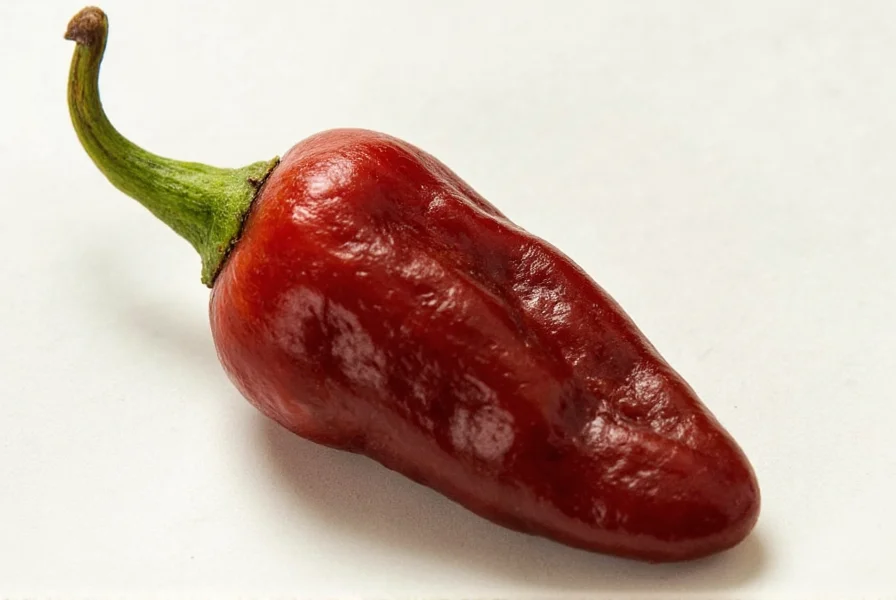
What Is an Ancho Chile?
The chile ancho is simply the dried version of the fresh poblano pepper. Yep, it's like the superhero alter ego of the mild-mannered poblano. Once picked and dried, its flavors deepen into a rich, smoky-sweet complexity that makes it indispensable in sauces, stews, and salsas.
| Pepper Type | Color | Maturity | Spice Level (Scoville) |
|---|---|---|---|
| Poblano (Fresh) | Green | Immature | 1,000–2,000 SHU |
| Ancho (Dried Poblano) | Dark Red/Brown | Mature | 1,000–3,000 SHU |
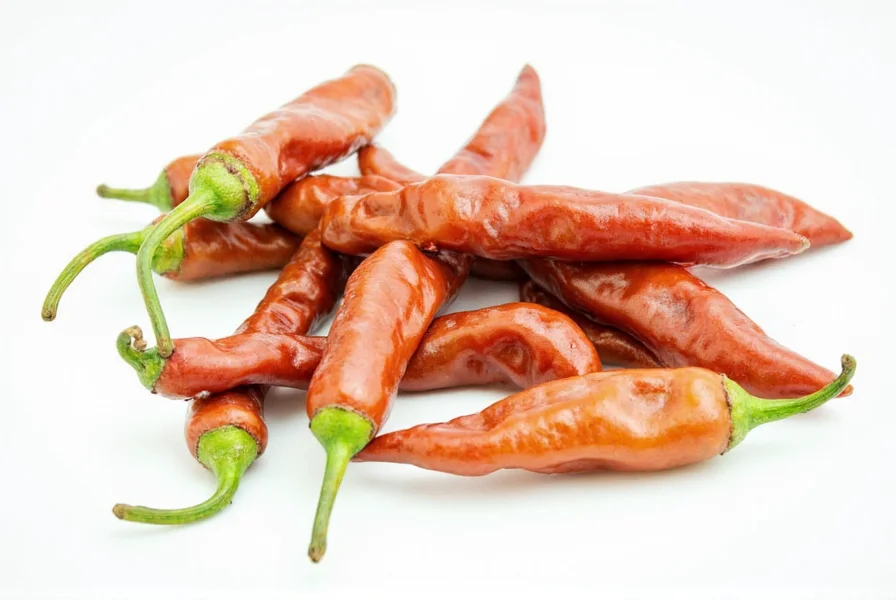
Flavor Profile & Heat Level
So what makes the chile ancho pepper so special? Let’s break it down:
- Sweetness: Think raisins, prunes, and dark chocolate vibes.
- Smokiness: Subtle but distinct, like a distant campfire on a cool evening.
- Fruitiness: There’s a hint of plum and fig that really sings in sauces.
- Heat: Mild to medium. Great for spice newbies or anyone who wants flavor without fire.
How Hot Are They Really?
If Scoville Units are your spicy compass, here’s where anchos stand:
| Pepper | Scoville Heat Units (SHU) |
|---|---|
| Ancho Chile | 1,000 – 3,000 |
| Jalapeño | 2,500 – 8,000 |
| Hatch Green Chile | Varies (Mild to Medium) |
| Habanero | 100,000 – 350,000 |
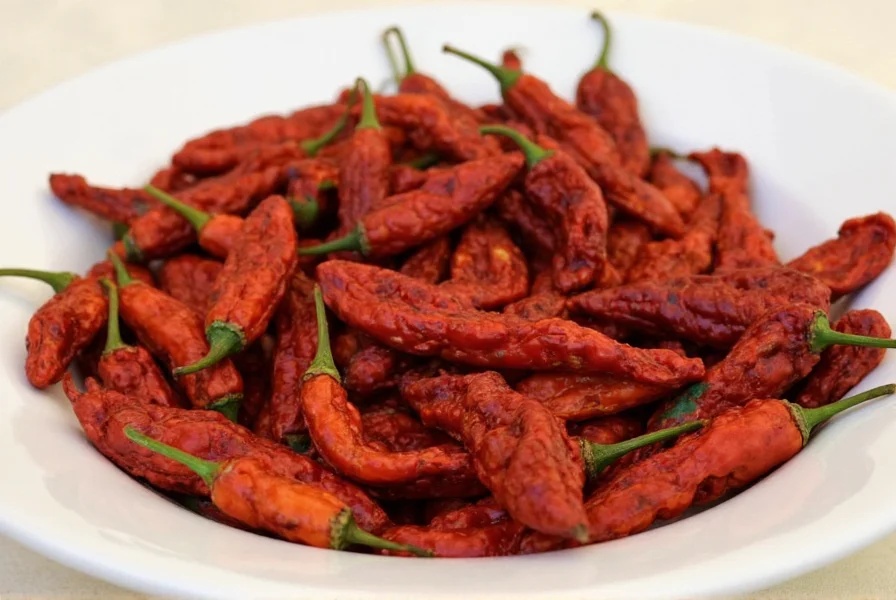
Culinary Uses & Best Pairings
The beauty of the ancho lies in its versatility. Here’s how to use it like a pro:
- In Sauces: Mole sauce wouldn’t exist without ancho peppers! Blend soaked anchos with garlic, tomatoes, spices, and even chocolate for a deep, complex sauce.
- Dry Rubs: Ground ancho powder adds depth to rubs for meats like pork or chicken.
- Infused Oils & Vinegars: Simmer chopped anchos in oil or vinegar for a smoky, aromatic boost.
- Stews & Braises: Add a few whole anchos to simmering pots for a subtle kick and richness.
Pairing Suggestions
- Cilantro & lime
- Tomatoes & tomatillos
- Chocolate (especially in mole sauces)
- Garlic & onions
- Oranges or citrus zest
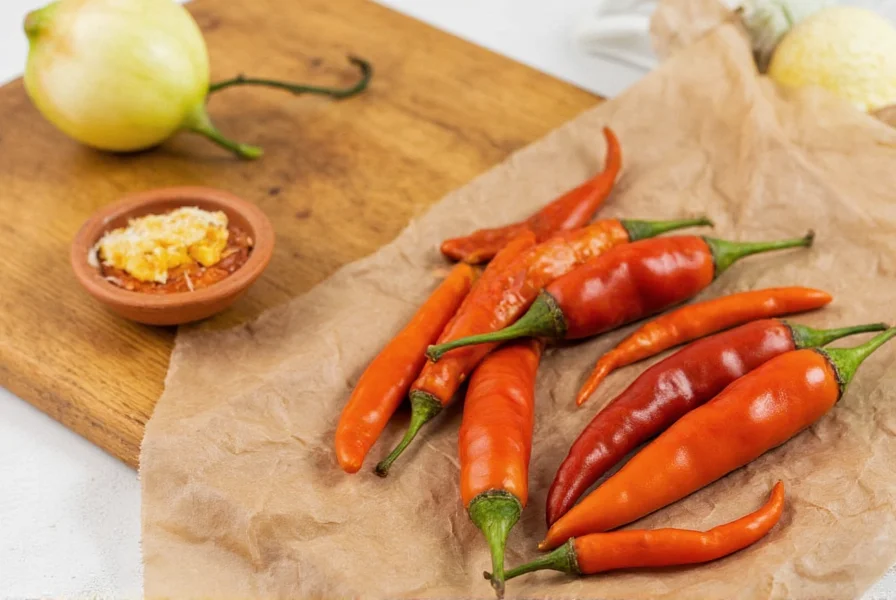
Buying Guide: How to Choose the Best Anchis
Ready to shop for chile ancho peppers? Here’s how to pick the best ones:
- Look for Plump, Flexible Anchis: Avoid brittle or overly dry peppers—they’ll have lost too much flavor.
- Avoid Cracks or Tears: These can indicate age or poor storage conditions.
- Sniff Test: A good ancho should smell earthy, sweet, and slightly smoky—not musty or moldy.
- Check Color: Deep red to brown hues mean proper drying and maturity.
- Buy Whole Unless You Need Powder: Whole anchos last longer and retain more flavor than pre-ground versions.
Product Comparison Table
| Product | Form | Origin | Features | Best For |
|---|---|---|---|---|
| La Costeña Ancho Peppers | Whole | Mexico | Plump, flexible, rich flavor | Traditional sauces & moles |
| Badia Dried Ancho Peppers | Whole | Imported | Economical, consistent quality | Everyday cooking |
| Frontier Co-op Ancho Powder | Powder | USA Packaged | Organic, finely ground | Rubs & quick sauces |
| El Mexicano Whole Anchos | Whole | Mexico | Deep color, strong aroma | Authentic recipes |
Storage Tips for Fresh & Dried Anchis
Want your anchis to last? Store them right:
- Dried Anchis: Keep in an airtight container in a cool, dark place. Good for up to a year.
- Ground Ancho Powder: Same as above, but it’s best within 6 months for peak flavor.
- Freezing Whole Anchis: Yes, you can freeze them! Wrap in plastic or store in a ziplock bag. Perfect for bulk buys.
Recipes to Try with Ancho Chiles
Ready to get cooking? Try these crowd-pleasing ideas:
- Mole Poblano: Classic Mexican sauce made with anchos, chocolate, nuts, and spices.
- Ancho Chile Queso: Kick up your dip game with a smooth cheese blend spiked with ancho-infused oil.
- Spiced Ancho Popcorn: Toss popped corn with melted butter, ancho powder, and a pinch of salt for a movie-night win.
- Slow-Cooker Ancho Pork: Tender pulled pork seasoned with garlic, cumin, and ground ancho. Serve on tacos or burritos.
- Ancho Margarita: Shake things up with this smoky cocktail twist using an ancho syrup base.
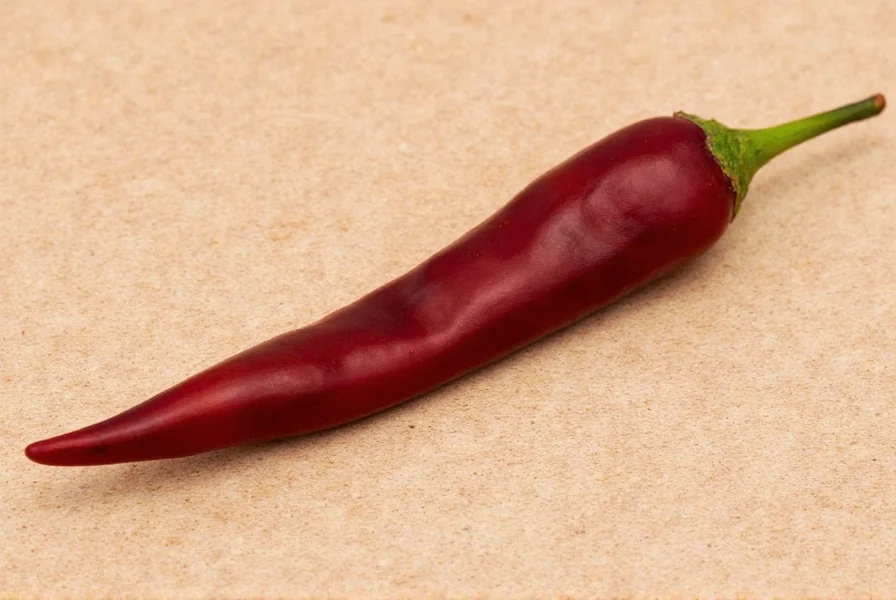
Conclusion
Whether you're a professional chef or just starting your spice journey, the chile ancho pepper deserves a spot in your pantry. With its complex flavor profile, manageable heat level, and incredible versatility, it's more than just a chili — it's a culinary cornerstone. From making traditional moles to adding a smoky twist to cocktails, the ancho pepper opens the door to bold, memorable flavors.
So next time you're shopping for spices or planning your next dinner party menu, remember the humble ancho. It may not shout the loudest, but it always delivers the deepest flavor. Happy cooking!
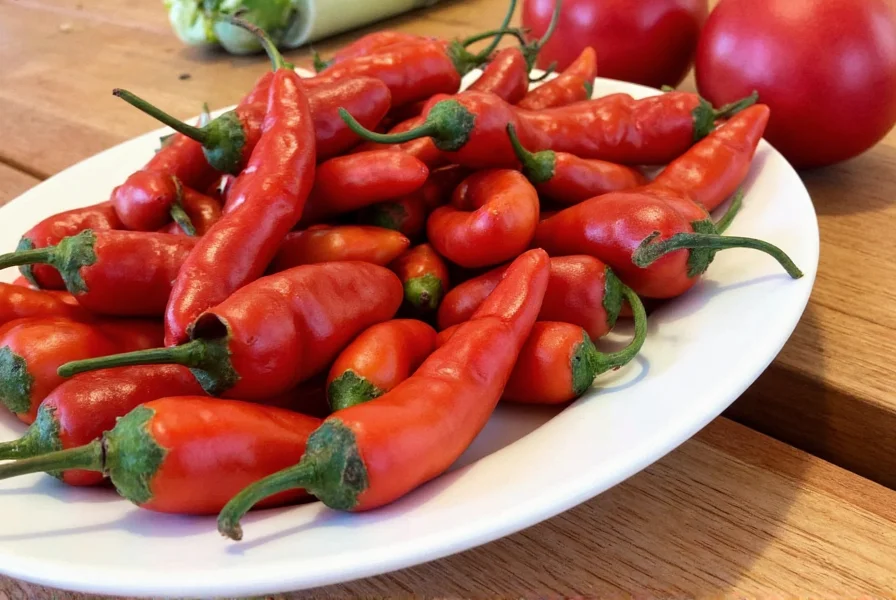

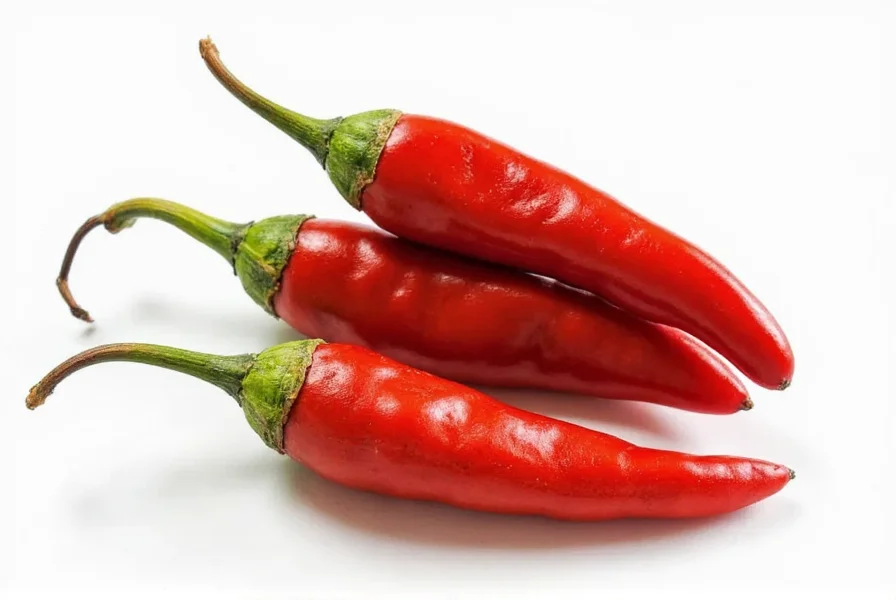









 浙公网安备
33010002000092号
浙公网安备
33010002000092号 浙B2-20120091-4
浙B2-20120091-4